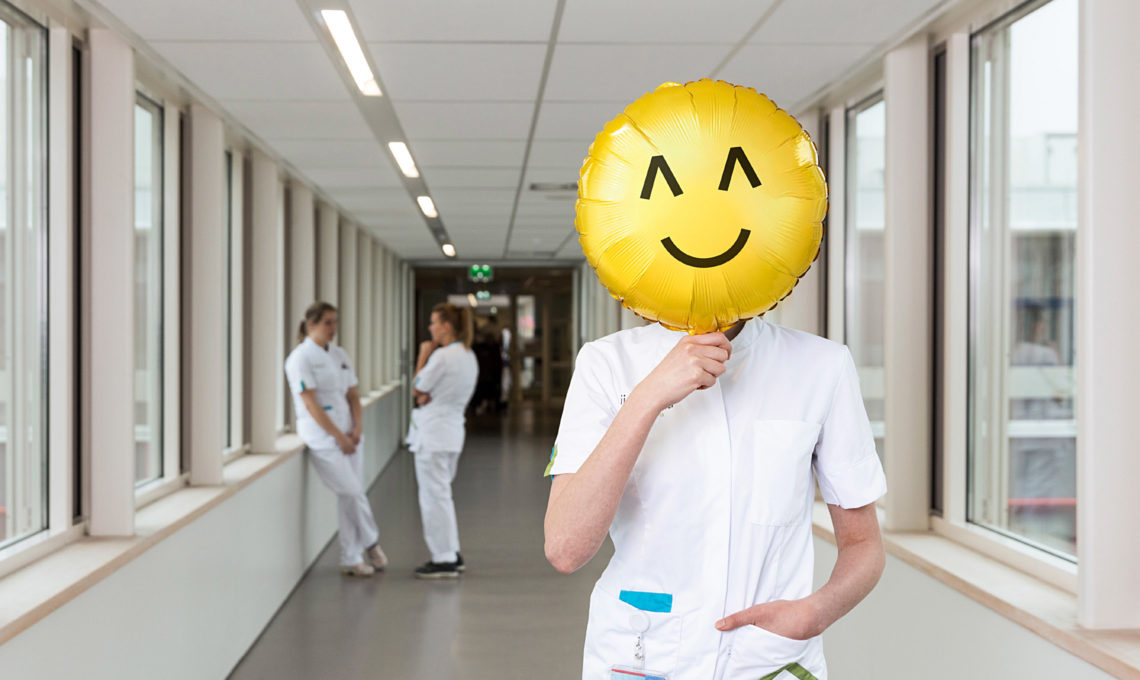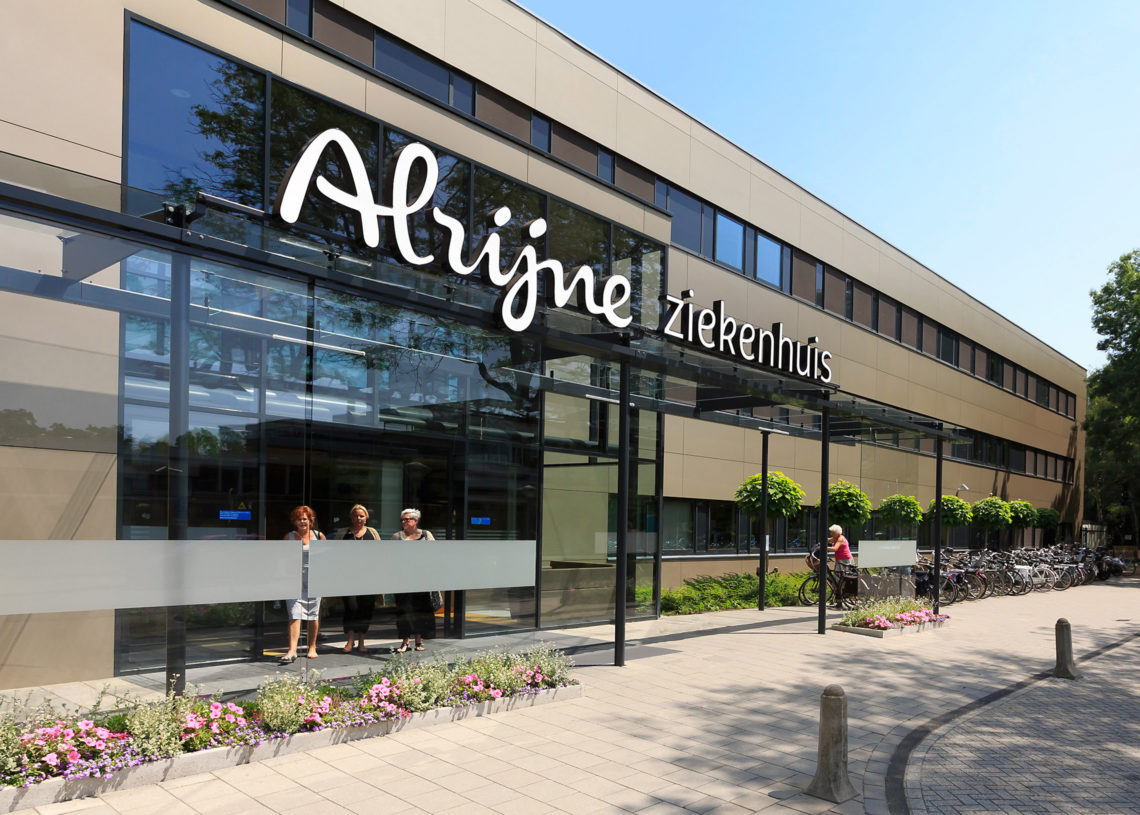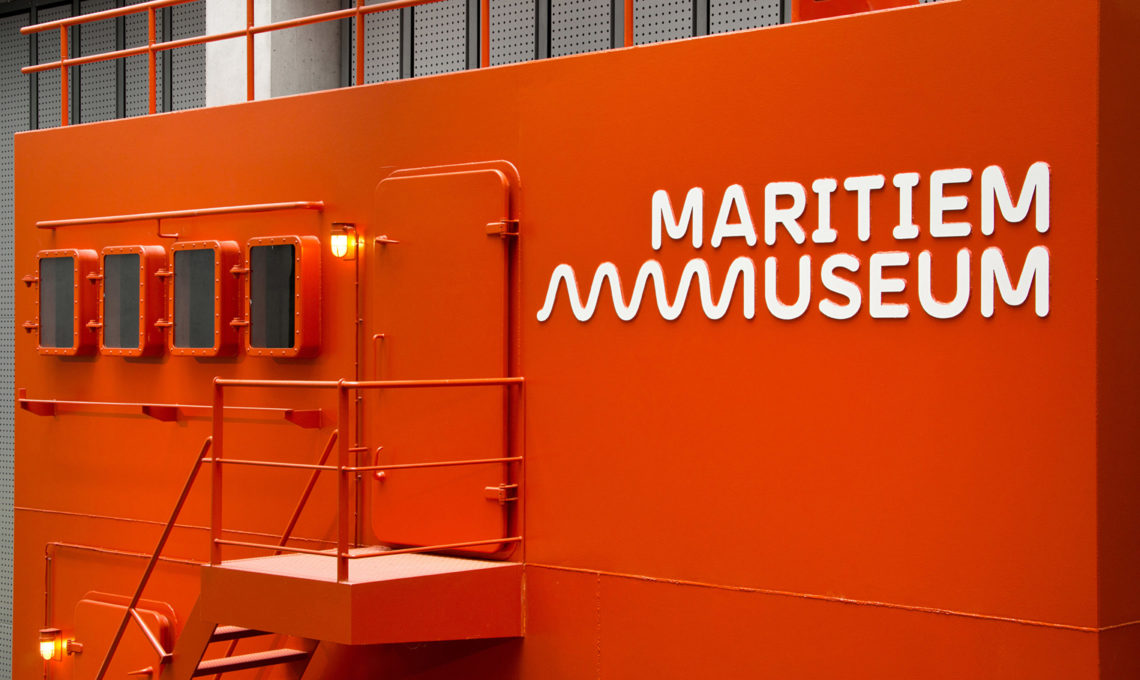
Port of Rotterdam
Transition style, infographics & animations
How can you clarify complex objectives?
The Port of Rotterdam is working hard to make the Paris climate agreement a reality. The target is ambitious: a CO2 neutral port by 2050. Currently almost 20% of Dutch CO2 emissions are produced here, so fundamental changes must take place. This starts with providing insight in 3 steps: what is the current situation, what can be done short-term and what needs to be changed long-term. This insight makes the choices that companies and politicians need to face crystal clear.
Visualizing complex content
“An image says more than 1.000 words” is understating the effect of our visualisations: they lead to profound insights and better strategic decisions. In some cases we partner with Roos & van de Werk, who help the Port Authority formulate their strategy.
The new standard
The content we portray goes beyond what the Port Authority’s corporate identity could accommodate. There were no guidelines for complex infographics, and images of the fossil industry do not help to inspire the imminent energy transition. We developed a clear, graphical style in which processes and mutual relationships are perfectly reflected, both in static images and as animations. We now have 400+ icons – and the transition has barely begun!
Within the Port Authority, our work is put to good use at all levels: in boardroom presentations, at summits, online and in brochures and leaflets. Both the style and the icons have been included in the visual identity guidelines – so the identity itself has also become more sustainable. Another step towards a climate-neutral future!
The Port of Rotterdam is working hard to make the Paris climate agreement a reality. The target is ambitious: a CO2 neutral port by 2050. Currently almost 20% of Dutch CO2 emissions are produced here, so fundamental changes must take place. This starts with providing insight in 3 steps: what is the current situation, what can be done short-term and what needs to be changed long-term. This insight makes the choices that companies and politicians need to face crystal clear.
Visualizing complex content
“An image says more than 1.000 words” is understating the effect of our visualisations: they lead to profound insights and better strategic decisions. In some cases we partner with Roos & van de Werk, who help the Port Authority formulate their strategy.
The new standard
The content we portray goes beyond what the Port Authority’s corporate identity could accommodate. There were no guidelines for complex infographics, and images of the fossil industry do not help to inspire the imminent energy transition. We developed a clear, graphical style in which processes and mutual relationships are perfectly reflected, both in static images and as animations. We now have 400+ icons – and the transition has barely begun!
Within the Port Authority, our work is put to good use at all levels: in boardroom presentations, at summits, online and in brochures and leaflets. Both the style and the icons have been included in the visual identity guidelines – so the identity itself has also become more sustainable. Another step towards a climate-neutral future!
The road to a CO2 neutral Port of Rotterdam in 3 steps. Step 1: Efficiency wins and strengthening the infrastructure.
Step 2: Creating a new energy system based on hydrogen and electricity. Hydrogen is labelled gray, blue or green depending on how it is produced: via fossil fuel, with carbon capture or based on renewable electricity.
Step 3: Circular production of all resources, not only energy. This animation shows how industry can re-use all of its own waste.
The impact of a CO2 neutral port has a profound effect on the logistics in and around the port. New initiatives for sustainable transport at sea, in the port, and towards the hinterland are emerging.

The 3 step plan is based on a scenario study, printed for the first international port energy summit.

This brochure explains the need and plans for the energy transition.











The style is equally effective in online communication.

To further discussion and policy making, the technologies and their impact are keenly visualised. This graphic explains Carbon Capture and Storage, a controversial but potentially necessary solution.

The path a container takes illustrates multiple strengths of the Port of Rotterdam.

This campaign image places the Port or Rotterdam firmly in the heart of the viewer.

90% of all transport is via sea. Insight into the process of fuel production is essential in order to propagate change.

The port connects the sea to the hinterland, another opportunity for cleaner and smarter transportation.

The Energy In Transition Summit is one of many events in which our visualisations instigated change. Here Caroline Kroes presents future scenarios. Photo © Port of Rotterdam.

Photo © Port of Rotterdam.

Visualisation of CO2 reduction in the transport chain on a massive screen during the Energy In Transition Summit. Photo © Port of Rotterdam.

The energy transition starts with documenting the energy system…

…and then visualising the changes needed.



